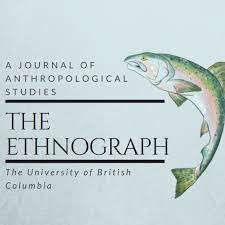Understanding The Early Middle Ages: From Life Stories to Grave Goods
DOI:
https://doi.org/10.14288/ejas.v7i2.198724Abstract
For the early Middle Ages, there are few primary sources dealing with the lives of everyday people, as the existing ones tend to focus on rich landowners or nobility. In these situations, it has been proposed that all aspects of a person’s identity (occupation, ethnicity, biological sex, etc.) can be determined solely from items and belongings buried alongside them. This viewpoint has most recently been upheld by the historian Heinrich Härke, who has used his grave goods analysis as the sole basis for numerous studies. However, grave goods analysis can project modern understandings and biases onto the past instead of accurately representing the nuances of individuals, communities, and their understandings of the world. This paper will explore the disadvantages to relying solely on grave goods analysis and the importance of employing methods in tandem, while being aware of how modern understandings and assumptions can be projected onto archaeological material.

